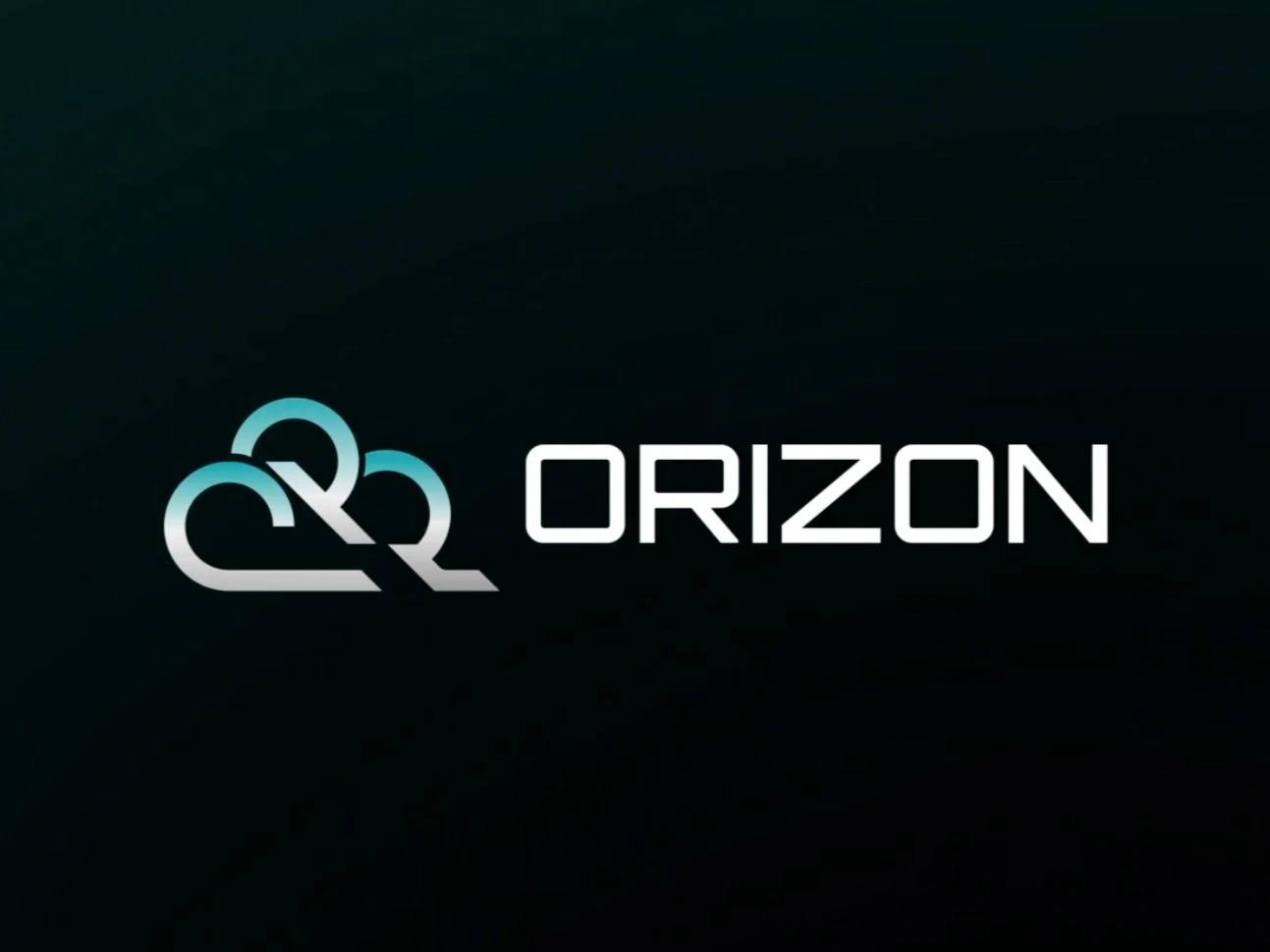订阅 wiki
Share wiki
Bookmark
ORIZON
ORIZON
ORIZON 是一种旨在将人工智能与去中心化金融(DeFi)相结合的协议,它将其称为 DeFAI 模式。该项目旨在作为一个由人工智能驱动的金融储备系统运作,该系统通过各种人工智能服务产生收入,并将其作为收益分配给其原生代币 ORI 的持有者。[1]
概述
ORIZON 成立于 2025 年 7 月,其目标是解决人工智能行业普遍存在的经济中心化问题,即利润通常集中在少数大型公司手中。该协议的核心使命是在现实世界人工智能产品的效用与去中心化收益分配之间建立直接的链上联系。它提出了一个经济框架,其中来自一套专有人工智能服务的收入被系统地导入到一个透明的链上金库中。该金库具有双重目的:它支持协议原生代币 $ORI 的内在价值,并为向质押其资产的代币持有者分配“实际收益”提供资金。
该系统旨在提供来自有形人工智能生产力的被动收入流,这使其与许多依赖通货膨胀代币排放来奖励参与者的 DeFi 协议区分开来。该项目声明的目标是构建一个由人工智能驱动的开放且可访问的经济系统,供开发人员、社区和个人使用。原生代币 $ORI 被该项目描述为下一代算法非稳定币,这表明其价值由协议驱动的机制管理,而不是与 法定货币 等外部资产挂钩。[2] [1]
特点
实际收益生成
ORIZON 的一个核心特点是其对实际收益的关注。与来自通货膨胀代币奖励的收益不同,分配给 ORIZON 生态系统中质押者的收入旨在源自其人工智能产品产生的外部收入。当客户付费使用该平台的聊天机器人、图像生成器或 API 时,该收入由协议收取。然后,这些资金将分配给已质押其代币的 ORI 代币持有者,从而创建一个基于人工智能服务业务绩效而非创建新代币的收益机制。[1] [9]
生态系统
ORIZON 生态系统被构建为一个自我强化的经济周期,该项目称之为“DeFAI 飞轮”。该模型建立在三个核心层之间的持续互动之上:人工智能产品层、金库和 DeFi 协议层。飞轮的设计使得一个层的活动对其他层产生积极影响,从而为整个协议创建一个增长和价值累积的周期。[1] [8]
人工智能产品层
人工智能产品层充当生态系统的主要收入引擎。它由面向用户的商业人工智能服务组成,例如提供给公众的聊天机器人和图像生成工具。来自这些产品的收入提供了为协议经济模型提供动力的外部资本。这些人工智能服务的成功和采用与流入生态系统金库的价值量直接相关。[5]
金库
金库充当协议的链上价值网关。它是一个智能合约系统,用于收集、保护和管理人工智能产品层产生的收入。这个链上金库充当生态系统的金融支柱,持有支持 ORI 代币和资助收益分配的资产。其透明的性质旨在建立信任并提供协议财务健康状况的可验证证明。[6]
DeFi 协议层
DeFi 协议层负责管理生态系统的金融机制和 ORI 代币的效用。该层包括用于质押、收益分配和其他金融活动的智能合约。通过允许用户质押 ORI 并获得金库收入的一部分,该层创造了对代币的需求和效用。反过来,这种效用旨在鼓励更多参与和投资生态系统,从而支持人工智能产品层的增长并完成飞轮效应。[7]
用例
- 人工智能服务消费者: 个人和企业可以使用 ORIZON 的一套人工智能产品,例如其用于客户支持的聊天机器人或其用于创意项目的图像生成器。
- 开发人员: 该平台计划提供开发人员 API,这将允许外部构建者将 ORIZON 的人工智能功能集成到他们自己的应用程序、网站和服务中。
- 代币持有者: 投资者和社区成员可以获取和质押 ORI 代币,以获得协议收入的相应份额,从而提供一种赚取被动收入的机制。
- 协议参与者: 用户可以通过质押参与 DeFi 层,并根据该项目的路线图,参与未来的治理机制,这将允许他们帮助指导协议的开发和金库管理。[1]
代币经济学
ORIZON 生态系统的原生实用和治理代币是 $ORI。该代币是协议经济模型的核心,是价值分配以及未来去中心化治理的主要工具。[1]
代币效用
- 质押: ORI 代币可以在协议内质押,这使质押者有权获得该平台人工智能服务产生的实际收益的一部分。
- 治理: 该项目的发展路线图表明,ORI 最终将用于治理,允许代币持有者参与有关协议未来及其金库管理的关键决策。[1]
治理
ORIZON 协议计划随着时间的推移过渡到去中心化治理模型。根据其发展路线图,治理功能计划于 2027 年实施。一旦实施,该系统预计将授权 ORI 代币持有者提出并投票决定关键协议参数、金库管理策略以及影响生态系统发展的其他关键决策。这种转变旨在将协议的控制权交到其用户和利益相关者社区手中。[1]
发现错误了吗?
